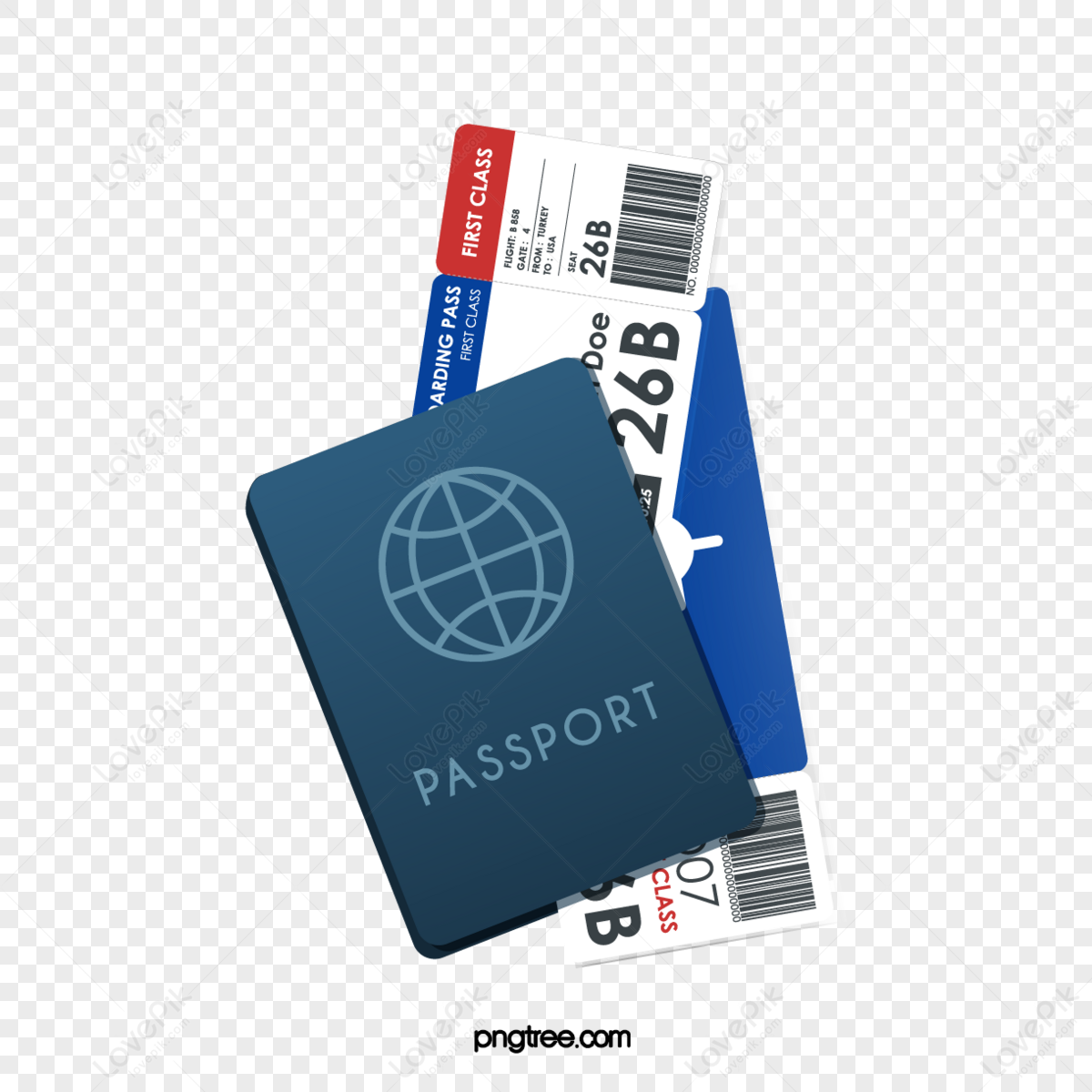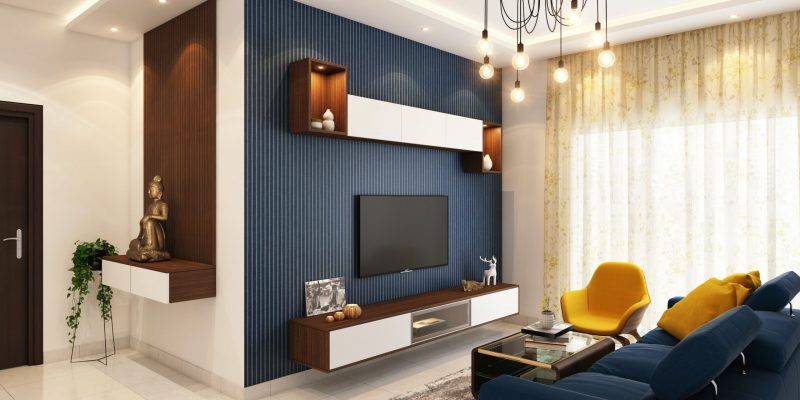Introduction
Wallpaper paste or adhesive is extremely important for your specific wallpaper and wall surfaces while pasting it. Your wallpaper is a crucial part of your interior design and home decor, so you want the best wallpaper paste for pasting wallpaper.
You may use your wallpaper to beautify doors, glass, furniture surfaces, stairs, and much more in a flaunting and individual manner.
So, sometimes your wallpaper creates the magic of a fairytale, and you can live in the world of white snow while singing a rhyme.
But the truth is that when choosing the right paste for your wallpaper, you need to keep certain factors in mind.
In this article, we will explore the right wallpaper paste for specific wallpapers and surfaces and why it is so important.
1. Basic For Wallpaper Paste
Wallpaper paste comes in both form powder to mix or as a readymade concoction in any DIY shop. You can buy anyone. You’ll get the powder varieties in paper packaging and kept in a dry place.
If you buy Wallpaper adhesive powder, you have to mix it with water as per instructions and need a specific time to soak it to acquire its jelly-like consistency. You will find all the information related to preparing paste on its packaging.
Commercial Wallpaper adhesives are available according to wallpaper types:
1. Standard adhesive
It is made of cellulose ether and starch, a perfect option for light to heavy paper-based wallpapers.
2. Special adhesive
It is made from synthetic resin to boost the adhesive strength and ideal choice for heavy wallpapers like wood chip, vinyl, anaglypta or textured wallpapers.
It depends on the correct composition and the manufacturer, it is appropriate for textile, silk, grass or cork wallpapers.
3. Textile adhesive
It consists of basic components and added plastic dispersion glue and other additives. It helps to increase adhesion.
You can use this kind of adhesive or add it to other glue to fix textile, metal, foil and industrial wallpapers.
4. Paste for non-woven wallpapers
This type of paste is specifically designed for non-woven wallpaper varieties.
When you use non-woven wallpaper paste, you can apply it directly on the wall.
It depends on the right composition and manufacture. It is appropriate for silk grass or cork wallpapers.
5. Machine adhesive
The name of the adhesive tells itself that it is used for wallpapering machines. It is a thin consistency and has synthetic resins for finer adhesion.
6. Dispersion adhesives
It is prepared forplastic- or synthetic resin-based glues. It has different colors and consistency from other available commercial glue types.
Dispersion adhesives are available in several sizes, depending on the surface area where you will apply them. To make more adhesive strength, you can use this glue. This adhesive is used for heavy and water-proof wallpapers like glass-fiber, vinyl and textured wallpapers, which all need great adhesive strength.
Which adhesive is suitable for which surface?
In general, the above-listed adhesive or wallpaper glue is suitable for concrete, cement, gypsum/plaster and plasterboard. But for all types, you need to be prepared thoroughly.
As a general rule, it is less about the kind of surface and more about its quality/consistency. Moreover, material and water vapor accessible play a crucial role.
Another rule is the surface must be clean, dry even, stable, adhesive and absorbent.
Conclusion
There is no such rule as one solution is suitable for all, or the right glue or the best adhesive for all types of wallpapers and surfaces. It varies and can be tricky but if you choose through various approaches and options, it will be best.








